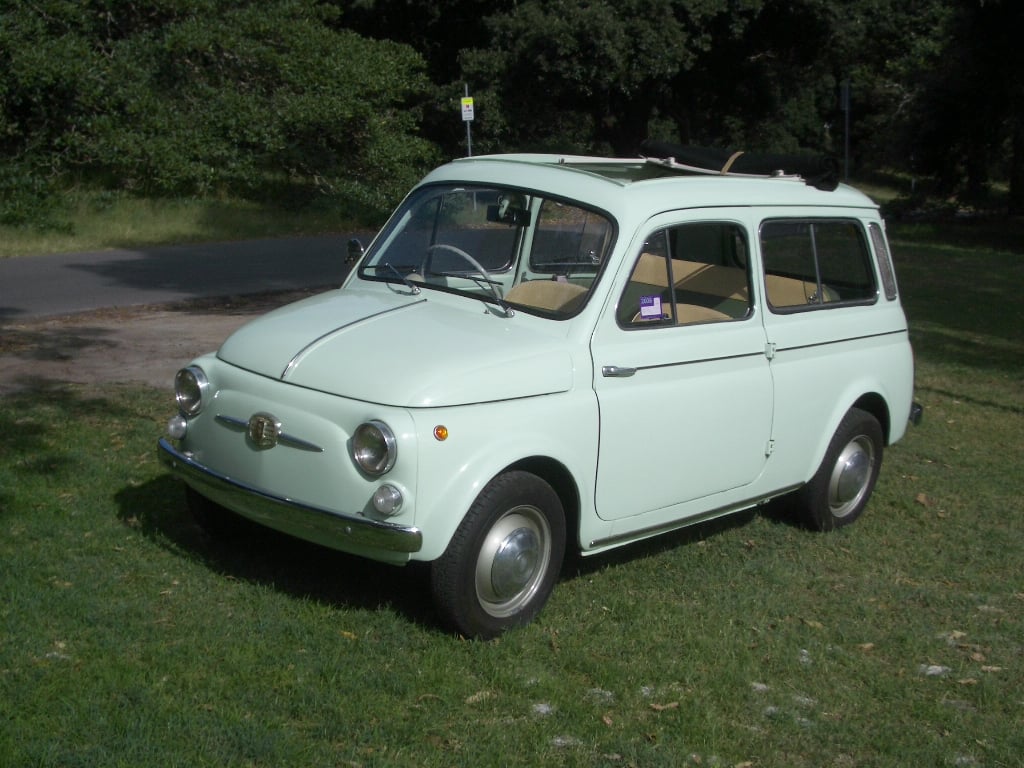Australia has led the way on car safety since the very beginning. Victoria was the first legislature in the world to make the use of fitted seatbelts mandatory, as long ago as 1970 – the rest of the country followed suit just two years later.
That was five years ahead of Sweden – where the three-point belt had been invented – 13 years ahead of the UK, and a full 19 years in front of those carefree Italians. In the USA, several states still won’t issue fines for non-use of a belt unless another offence is also being committed. One, New Hampshire, doesn’t require them to be fastened at all; maybe the state motto of ‘Live Free Or Die’ should be amended with ‘head first, through the windscreen.’
But nearly 50 years on, our interest in safety is in danger of becoming an obsession. Arguing against the work of the Australasian New Car Assessment Programme might seem like lobbying for a ban on kittens – who doesn’t want cars to get safer? And how hard can understanding a five-star scale be?
Plenty, as it turns out. ANCAP – and the European NCAP test which now shares the same methodology – started out testing how well cars would protect their occupants in the event of a crash. That brief grew over the years, with different types of impact and passengers in different positions, but the fundamental question remained what happened when a car reached point X on the insurance form. But in recent years testing has been broadened and the rules made more opaque, increasing weight given to the presence and performance of active safety systems.
So a car that crashes well can be marked down for not having some active tech, while one that performs less ably in an impact can have its rating increased with more gizmos (see sidebar).
Of course, it’s entirely possible to dig down and see how a car does in different areas, but few buyers see beyond the stars. Nor are they encouraged to: ANCAP has become a validation tick rather than a grading system, the same way that anything less than the full score on a restaurant’s public health ticket is taken as a substantial risk that you’ll be driving the porcelain bus. ANCAP seems to regard five stars as the minimum acceptable these days, with cars that don’t make the grade called out for criticism by the organisation’s punchy chief exec James Goodwin.
The strategy is working – manufacturers are finding it harder to sell models that don’t get top marks. But it’s also limiting choice, and making cars more expensive. Active safety tech adds a significant chunk to the price of a cheaper model. If the alternative to fitting it is going to be an ANCAP kicking then it makes it more likely the car won’t come here – a senior executive of a major player recently admitted that it’s becoming hard to make the case for bringing small models here.
European buyers seem to be much more willing to take a broader view on safety when it comes to less expensive models being chosen for less onerous duties. The Citroen C3 (four stars), Toyota Aygo (three stars; four with the optional ‘safety pack’) and Dacia Duster (three stars) all sell strongly across the continent despite their sub-optimal scores. If we want to keep getting more affordable cars, we’re going to learn to see beyond the stars too.
Just add AEB

The Europe-market Kia Stonic – the Rio’s SUV sister – gives a good indication of how small changes make a huge difference to crash-test scores. The standard car rates three stars despite respectable scores in both ‘adult occupant’ and ‘child occupant’. The ‘safety pack’ car that has been tested separately – and which adds AEB and lane-departure warning – scores five stars, with the auto-braking boosting its ‘adult occupant’ and ‘pedestrian scores’ as well as ‘safety assist’. In every other regard it’s the same car.





